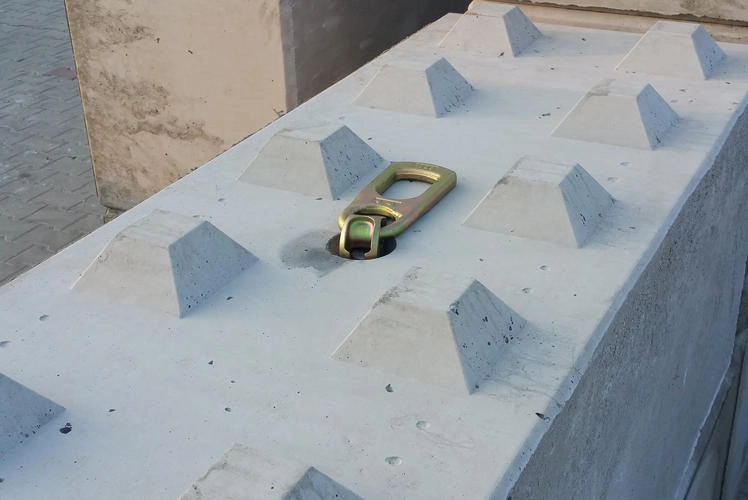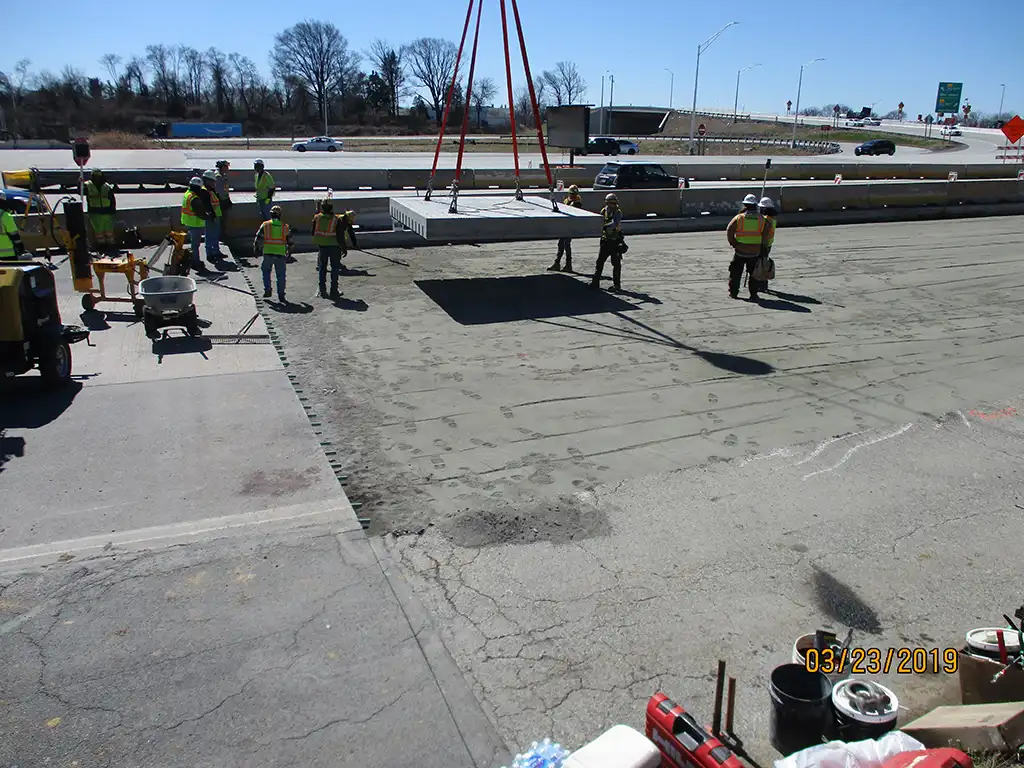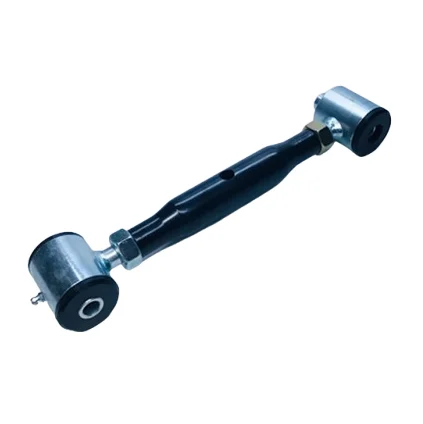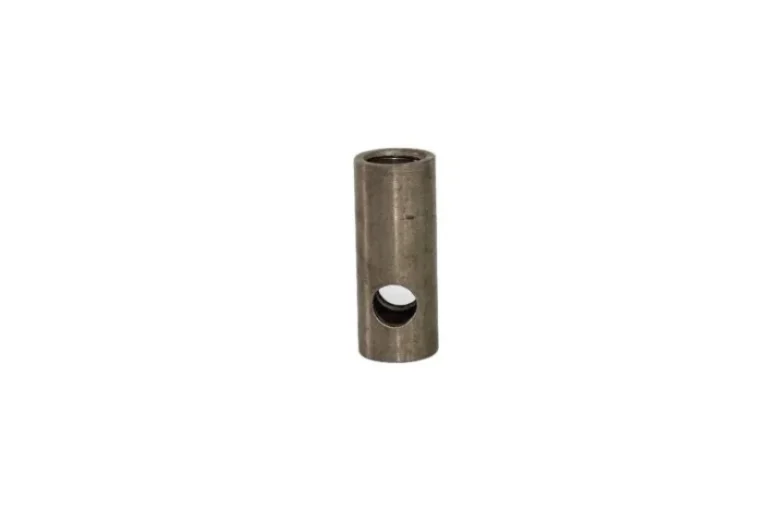Definition and Importance
Definition of a Lifting Clutch
A lifting clutch is a specialized lifting device used to connect lifting equipment, such as cranes or hoists, to prefabricated concrete elements or other heavy loads. It is designed to securely grip and lift objects with precision and safety. Lifting clutches typically comprise robust materials and mechanisms that can withstand substantial weights and forces, making them integral components in operations involving heavy lifting and transportation.
Importance in Construction and Heavy Lifting
Lifting clutches play a crucial role in construction and heavy lifting industries due to their reliability and ease of use. These devices facilitate the safe handling and transportation of heavy concrete panels, beams, and other substantial materials. In construction, the efficiency and safety of lifting operations directly affect project timelines and budgets. Lifting clutches ensure that loads are moved accurately and securely, minimizing the risk of accidents and damage. Consequently, their importance cannot be overstated in contexts where both safety and precision are paramount.
Components and Design
Primary Components
The effectiveness of a lifting clutch is attributed to its well-engineered components. Understanding these components is essential for appreciating the device’s functionality and design.
Body
The body of a lifting clutch is the main frame that houses and protects the other components. It is typically made from high-strength steel or other durable materials to withstand the stresses encountered during lifting operations. The design of the body is crucial as it determines the overall strength and stability of the clutch.
Shackle
The shackle is a U-shaped piece that attaches the lifting clutch to the crane or lifting machine. It is designed to handle heavy loads and provide a secure connection point. The shackle is often constructed from high-tensile materials to ensure it can bear the weight and dynamic forces during lifting without bending or breaking.
Pin Mechanism
The pin mechanism is an integral part of the lifting clutch that ensures the load is securely gripped. This component typically includes a locking pin that engages with the concrete element or load. The pin mechanism is designed for easy insertion and removal, ensuring a quick and safe coupling and releasing process.
Material and Manufacturing Standards
Lifting clutches are manufactured to strict standards to ensure safety and performance. Materials such as alloy steel are often used due to their high tensile strength and resistance to wear and tear. The manufacturing process includes rigorous testing and quality control measures to comply with industry standards such as those defined by the International Organization for Standardization (ISO). Adherence to these standards is crucial as it guarantees that the lifting clutch can perform reliably under diverse and demanding conditions.
Types of Lifting Clutches
Wedge-Type Lifting Clutch
The wedge-type lifting clutch operates using a wedge mechanism that tightens and secures when under load. This type is particularly effective for lifting prefabricated concrete elements and offers high reliability and ease of use. The wedge mechanism ensures a safe and firm grip on the load, reducing the risk of slippage during lifting operations.
Screw-Type Lifting Clutch
Screw-type lifting clutches use a threaded mechanism to secure and release the load. This type provides precise control over the grip and is often used in applications requiring meticulous handling. It is favored in settings where fine adjustments are necessary to align the load accurately during placement.
Threaded Lifting Clutch
Threaded lifting clutches are characterized by their use of threads to attach the lifting device to the load. This type is commonly used in conjunction with lifting anchors embedded in precast concrete elements. The threaded design offers a secure connection that can handle substantial axial loads, making it suitable for a variety of lifting scenarios in the construction and industrial sectors.
Applications of Lifting Clutches
Usage in Construction Sites
Lifting clutches are indispensable in construction sites, where they are extensively used for handling and positioning precast concrete panels, beams, and other heavy materials. Their reliability and safety features make them ideal for lifting operations that require precision and stability. By facilitating efficient load handling, lifting clutches contribute to faster project completions and reduced labor costs.
Role in Industrial Settings
In industrial settings, lifting clutches are employed for moving machinery, large components, and heavy-duty materials. The ability to safely lift and transport these loads is critical in manufacturing plants, warehouses, and other industrial environments. Using lifting clutches in such contexts enhances operational efficiency and minimizes downtime, ensuring smooth and continuous production processes.
Specialized Applications
Apart from construction and industrial uses, lifting clutches are also used in specialized applications such as maritime operations, mining, and oil and gas industries. These environments demand robust and reliable lifting equipment due to their challenging conditions. Lifting clutches designed for such specialized applications are typically engineered to withstand harsh environments and rigorous use, providing dependable performance and safety.
Advantages and Benefits
Safety Enhancements
One of the primary benefits of using lifting clutches is the significant improvement in safety during lifting operations. These devices are designed to prevent accidental load release and ensure a secure grip, thereby reducing the risk of accidents and injuries on-site.
Efficiency Improvements
Lifting clutches streamline the process of lifting and moving heavy loads, resulting in considerable efficiency gains. By enabling quick and secure attachment and detachment, these devices save valuable time and effort, contributing to overall project efficiency and cost savings.
Versatility Across Various Loads
Lifting clutches offer remarkable versatility, making them suitable for a wide range of loads and applications. Whether handling prefabricated concrete elements, machinery, or specialized equipment, these devices provide a reliable solution for diverse lifting needs.
Guidelines for Proper Usage
Inspection Before Use
Before utilizing a lifting clutch, a thorough inspection is imperative to ensure it is in optimal condition. Visual inspection involves checking for any signs of wear, corrosion, or deformation, which could compromise the safety and effectiveness of the device. Additionally, load testing protocols should be followed to verify that the lifting clutch can safely handle the intended weights without failure.
Visual Inspection Tips
During a visual inspection, look for cracks, rust, and any signs of excessive wear on the clutch body, shackle, and pin mechanism. Ensure that all locking mechanisms are functioning correctly and that there are no obstructions or debris that could affect their operation. Regular inspections help in identifying potential issues early, thereby preventing accidents and equipment damage.
Load Testing Protocols
Load testing involves subjecting the lifting clutch to a controlled load to confirm its lifting capacity and integrity. This test ensures that the clutch can safely manage the maximum specified load without deformation or failure. Conducting periodic load tests as part of regular maintenance can detect weaknesses in the clutch, ensuring that it is always ready for safe operation.
Correct Installation Procedures
Proper installation of the lifting clutch is crucial for safe lifting operations. Begin by ensuring that the lifting points are clean and free of debris. Attach the clutch securely to the load, verifying that it is properly aligned and seated. Follow the manufacturer’s guidelines for tightening and locking mechanisms to ensure a secure connection. Incorrect installation can lead to load slippage or failure, posing significant safety hazards.
Maintenance and Storage Tips
Regular maintenance of lifting clutches includes cleaning, lubrication, and inspection for wear and tear. Store lifting clutches in a clean, dry environment to prevent corrosion and damage. Avoid exposing them to harsh chemicals or conditions that could degrade the materials. Proper storage and maintenance extend the life of the lifting clutch and ensure it remains safe to use.
Frequently Asked Questions on Lifting Clutches
Common Queries from Users
Users often have questions about the compatibility, load capacity, and maintenance of lifting clutches. One common query is how to determine the appropriate lifting clutch for specific loads and applications. It is essential to select a clutch that matches the load’s weight and the environmental conditions in which it will be used. Another frequent question involves understanding the inspection and maintenance requirements to ensure safe operation.
Troubleshooting Common Issues
Occasionally, users may encounter issues such as difficulty in engaging or releasing the clutch or noticing unusual wear patterns. Troubleshooting these problems involves checking for obstructions, proper alignment, and ensuring that all components are functioning correctly. If a lifting clutch exhibits signs of damage or malfunction, it should be taken out of service immediately and inspected by a qualified professional.
Final Thoughts on Lifting Clutches
Understanding the functionality and proper usage of lifting clutches is imperative for safe and efficient lifting operations. These devices are pivotal in various industries, providing the necessary support for handling heavy loads with precision and reliability. Adhering to detailed inspection, installation, and maintenance guidelines ensures that lifting clutches remain operationally safe and extend their service life. With continuous advancements in materials and design, lifting clutches continue to evolve, offering enhanced safety and efficiency for diverse lifting applications.
The Lifting Clutch by BAOQI is a high-quality, durable product designed for use in the construction industry. This tool is an essential component of the precast concrete lifting system, used to connect precast concrete elements to a crane for lifting and positioning.
The BAOQI Lifting Clutch is made from robust materials, ensuring its strength and durability. It is designed to work with a range of lifting anchors, providing a secure and reliable connection. The clutch is easy to attach and detach, making it a convenient tool for construction workers.
The Lifting Clutch is available in different sizes and load capacities to suit various project requirements. It is manufactured under strict quality control measures to ensure it meets the highest safety standards. BAOQI‘s Lifting Clutch is a testament to the company’s commitment to providing reliable and efficient solutions for the construction industry.











